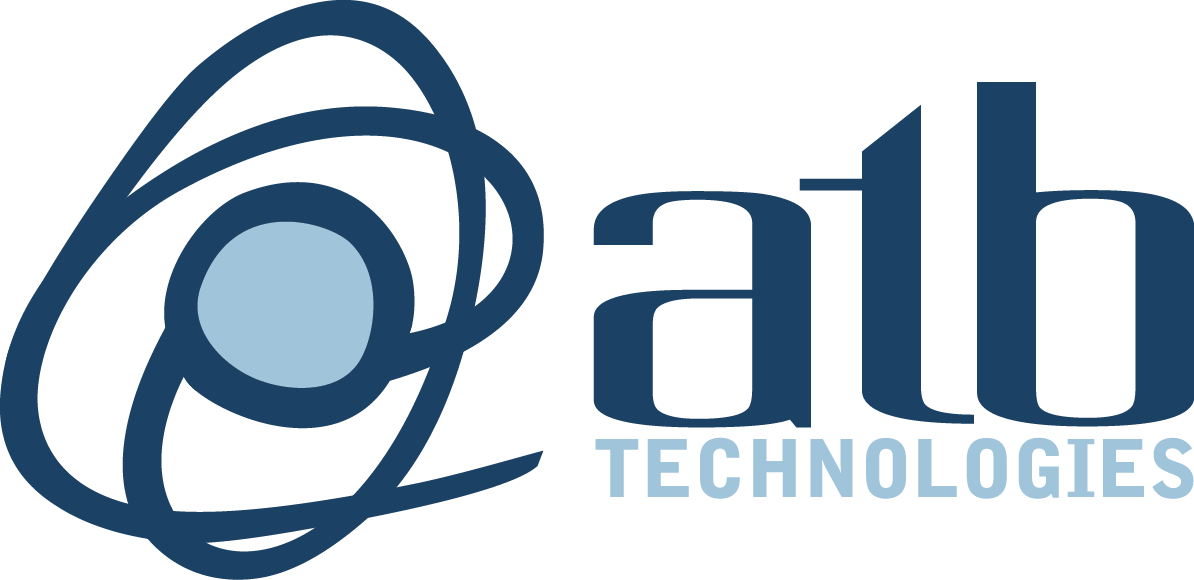[x_section style=”margin: 0px -45px -25px -45px; padding: 45px 0px 0px 0px; “][x_row inner_container=”true” marginless_columns=”false” bg_color=”” style=”margin: 0px auto 0px auto; padding: 0px 0px 0px 0px; “][x_column bg_color=”” type=”1/1″ style=”padding: 0px 0px 0px 0px; “][x_text] The ERP Transition Blueprint
The ERP Transition Blueprint
Implementing new ERP software provides distinct advantages in the marketplace. As companies grow and change, so too do their operational requirements. Ten to twelve years is the typical life expectancy of ERP software, at which point a transition into a new system becomes necessary for continued growth and profitability. Security, reporting, and performance needs increase alongside the speed at which business is conducted. As systems age, the costs to adapt them to current business needs increases exponentially, requiring 90% or more of an organization’s IT budget.
For some, integrating ERP software is an entirely new undertaking. Consolidating software, applications, and data in-order to grow business to new heights. For other enterprises, selecting and implementing ERP software is a matter of replacing an existing ERP system. Updated user interfaces, specialized functionality, and regulatory compliance are only a few of the many reasons a company might choose to find new ERP software.
Studying the successes and failures of other ERP system transitions has provided a blueprint for the best possible result. A tall-order though it might seem, your ERP transition can be both pleasant and profitable. Staying within strict time and budgetary constraints is not only possible, but expected. The concepts listed below have been shown over and over to ensure seamless integration, employee buy-in, and a massive return on investment.
ERP software that fits YOU
Choosing ERP software might feel as daunting as the actual implementation process. Partnering with a software-agnostic consulting firm saves you time, money, and headaches. To be software-agnostic means your consultants will objectively identify your business’s specific ERP software needs. Firms who benefit from selling you a certain brand of ERP software may wind up pushing features you don’t need, or worse, skipping over features you do. Each platform will possess distinct advantages and disadvantages for your organization. It’s critical to be pragmatic and unbiased.
Aside from choosing an IT consulting partner who has your best interests in mind, take time to discuss with your end-users what they’ll need in the new ERP software. Inventory managers, accountants, human resource professionals and other ground-level team members offer critical insight into what features are needed, and what might be unnecessary. Don’t underestimate how crucial the end user’s thoughts are, as nobody understands your company’s day-to-day ERP requirements better than they do.
Objectively reviewing the features of different ERP software programs, such as cloud vs. on-premise, mobile computing needs, and data management requirements with your IT consulting partner sets your transition up for success. Furthermore, partnering with a firm who has the expertise to make the needed ongoing organization-specific software modifications means your ERP transition is on-time and on-budget.
Obtaining employee buy-in
The best ERP software in the world won’t be effective without the support and commitment of the organization. Gaining the trust, confidence, and enthusiasm of your employees is a can’t-miss step in the ERP transition blueprint. As with choosing the ERP software, coordinating open discussions with production, accounting, human resources, sales, and marketing personnel about their individual daily needs supports comprehensive employee buy-in. Especially for organizations implementing ERP for the first time, find out what the end-users did and didn’t like about your current software programs. The nearly endless customizability of ERP software will allow you to cater different features to the people using it, resulting in a more efficient, profitable team.
In most organizations, this begins with support from executive leadership. The trial-end-error nature of an ERP transition means a wash of testing will take place, in-order-to obtain maximum functionality out of the new software. This period can be stressful for employees, so knowing the leadership is on board and supportive can make all the difference. Speak candidly with the executive team about the opportunities and challenges that lay ahead, and remind them that unflinching support is the critical to the project’s success.
Including time for training in your project budget not only insures employee buy-in but helps maximize the return on investment. Employees who feel empowered to ask questions, make suggestions, and learn the new system at a reasonable pace will be more supportive of the changes made to their jobs. Going as far as to create “department ERP experts” aids the training process greatly. Dedicating one or more (depending on organization size) as the go-to for department-specific questions minimizes operational down time.
Ensuring massive ROI
If you’ve been researching ERP software implementation, and chances are you have been if you’re reading this, you’ve surely come across a horror story of a poorly executed ERP transition. They’re not hard to find. What’s most intimidating is that ERP transition failures aren’t exclusive to mid-size operations. One of the most infamous cases of ERP implementation gone awry occurred with Hershey, the multi-billion-dollar chocolate conglomerate.
Though both the client (Hershey) and the company contracted to build the ERP system hurled accusations at each other for the project’s failure, the ultimate result was millions in lost revenue on both sides, lawsuits, and a failed ERP system execution. Setbacks like this are avoidable through proper needs-analyzation, open dialogue with end-users, and ongoing support from the executive team, in addition to an experienced, software-agnostic IT partner.
Massive ROI in regard to an ERP transition is about much more than choosing the right brand of software. Long before software’s chosen, your company’s outcome is determined by the preliminary steps discussed here. Establishing what your end-user and organizational needs are, setting expectations for specific key performance indicators, and maintaining communication with the entire team set the stage for a very profitable ERP transition.
With the right IT partner, your ERP software can be tailored to your exact needs, with ongoing support and adaptation as your organization grows. And, with everyone from the executive board to the end user embracing the change, your ERP transition is sure to be a profitable investment.
Your ERP transition blueprint
Whether replacing an existing system or implementing ERP software for the first time, the blueprint delivered here will assist in the most profitable process possible. Though the days of overbudget, past-due ERP transitions are long gone, it’s important to recognize that ERP implementation is an ongoing process. Once a new system is “live,” you may want to make tweaks to better fit your processes. This is perfectly normal, and will help create an ERP solution that truly meets your organizations needs as it grows.
As you formulate an ERP transition budget, keep these post-launch developments in mind so that you can account for new processes and operational fluctuations as they reveal themselves. Your ERP consultant’s job is to make the transition as painless and profitable as possible. A thorough understanding of organization needs, continuous testing, and adaptable software all come together to make your ERP transition a great investment.
About ATB Technologies: St. Louis’ premier software-agnostic ERP consultants
ATB is a software-agnostic technology provider, with expertise in both cloud and on-premise infrastructure, software development, and ERP implementation. Our expertise in the changing ERP landscape puts us in a unique position to develop a custom solution that fits the needs of your company. We manage every step of the process from design and architecture to implementation and ongoing management.
With a focus on what your company needs out of its ERP software, we research the best solution—regardless of brand—and hold ourselves accountable for the end result.
That means we’ll work tirelessly to ensure your ERP solution runs seamlessly and, most importantly, provides the desired ROI.
We’ll serve as the buffer between your company and the software vendor, as well as between management and apprehensive employees, to safeguard against delays, conflict, and cost overruns.
Schedule a free consultation with our team of ERP experts and we’ll begin analyzing your existing ERP solution to determine which is the best scenario for you now and into the future.[/x_text][x_prompt type=”left” title=”Call Us Today” message=”Give us a call: 314-878-4166″ button_text=”Contact Us Online” button_icon=”comment” circle=”false” href=”/contact/” href_title=”” target=””][/x_column][/x_row][/x_section]
